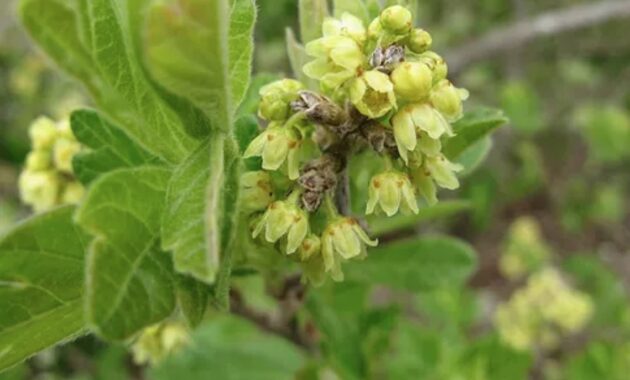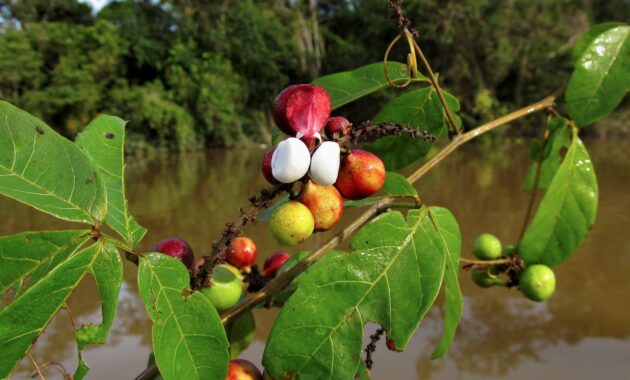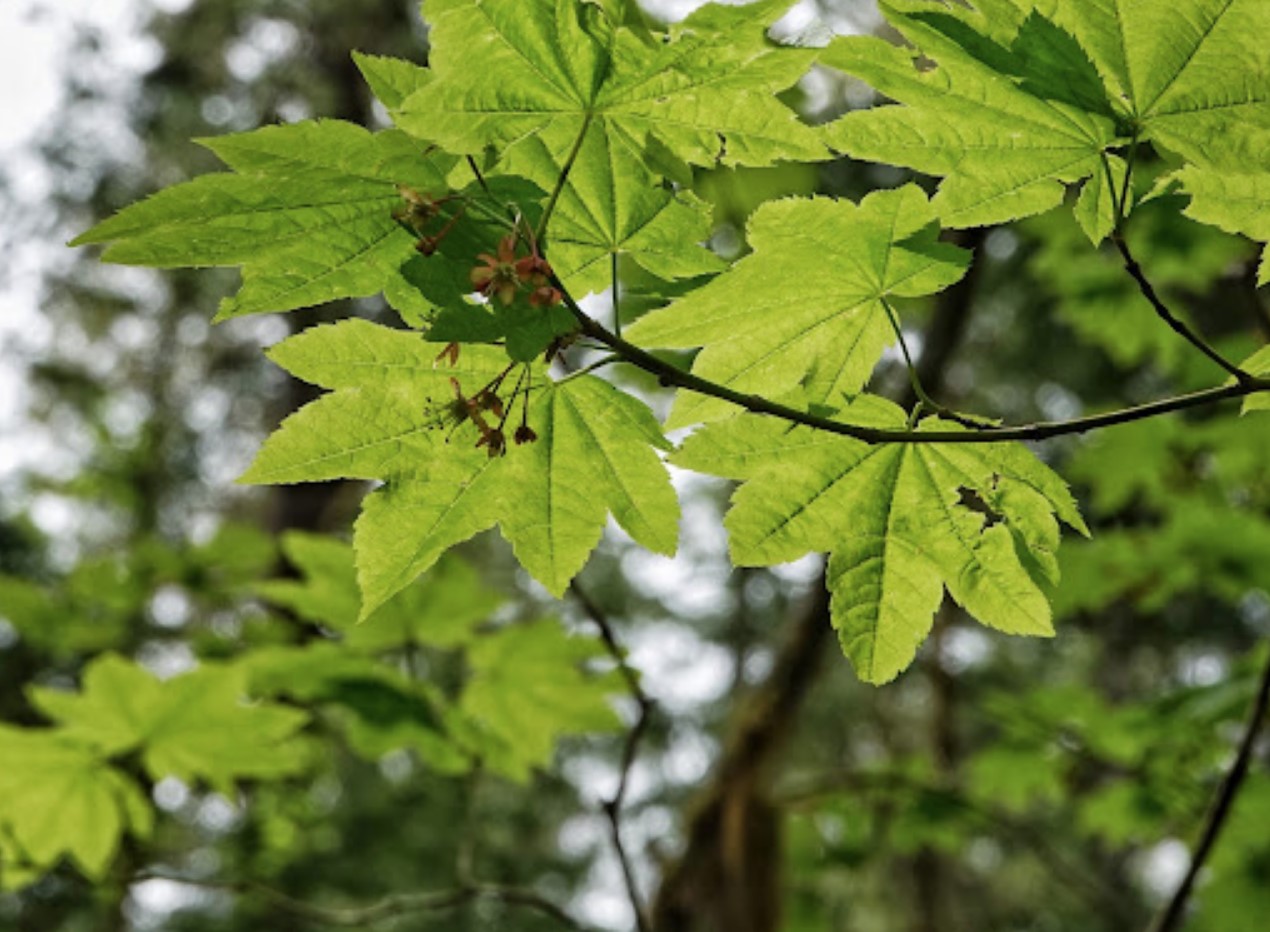
Sapindales is an intriguing order of flowering plants that encompasses a variety of economically and ecologically significant species. This diverse group includes notable families like Sapindaceae (the soapberry family), Rutaceae (the citrus family), and Burseraceae (the tree resin family), among others.
In this overview, we’ll explore the characteristics, key families, ecological importance, and uses of plants within the Sapindales order.
Overview of the Sapindales Order
Sapindales belongs to the class Magnoliopsida (angiosperms) and is characterized by the following features:
- Type: Angiosperms (flowering plants)
- Habit: Trees, shrubs, and some herbs
- Leaves: Typically alternate and can be simple or compound
- Flowers: Usually bisexual with radial symmetry, often with five petals and numerous stamens
- Fruit: Varied, including capsules, berries, and drupes
Key Families within Sapindales
The Sapindales order consists of several important families, each contributing unique species with various uses:
1. Sapindaceae (Soapberry Family)
- Characteristics: This family includes trees, shrubs, and lianas with compound leaves and often leathery textures.
- Notable Genera:
- Sapindus (soapberries) – Known for their saponin-rich fruits used as natural detergents.
- Aesculus (buckeyes) – Some species are ornamental, while others are toxic.
- Economic Importance: Several species are harvested for their fruits and timber.
2. Rutaceae (Citrus Family)
- Characteristics: Members of this family often have aromatic leaves and oil glands.
- Notable Genera:
- Citrus – Includes oranges, lemons, limes, and grapefruits, which are significant agricultural crops.
- Ruta – Known for rue, a culinary and medicinal herb.
- Economic Importance: Provides many important fruits and essential oils.
3. Burseraceae (Tree Resin Family)
- Characteristics: This family is known for resin-producing trees.
- Notable Genera:
- Boswellia – Source of frankincense, used in perfumes and traditional medicine.
- Commiphora – Source of myrrh, valued for its resin in various cultural practices.
- Economic Importance: Resins are used in incense, perfumery, and traditional medicines.
Ecological Importance of Sapindales
Plants within the Sapindales order play critical roles in their ecosystems:
- Biodiversity: They contribute to the diversity of flora in tropical and subtropical regions, supporting various habitats.
- Pollination: Many members attract a wide range of pollinators, including bees, butterflies, and birds, essential for ecosystem health.
- Soil Health: Trees in this order help improve soil quality and prevent erosion through their root systems.

Uses of Sapindales Plants
Plants within the Sapindales order have a multitude of uses that benefit humans and the environment:
1. Culinary Uses
- Many fruits from the Rutaceae family are staples in diets worldwide.
- Sapindus fruits are sometimes used as a natural soap alternative in various cultures.
2. Medicinal Applications
- Various species have traditional uses in herbal medicine.
- Essential oils derived from Rutaceae plants are used for therapeutic purposes.
3. Ornamental Plants
- Many species within the Sapindaceae and Rutaceae families are grown for their attractive flowers and foliage, enhancing gardens and landscapes.
4. Timber and Resins
- Trees in the Burseraceae family provide valuable timber and aromatic resins used in incense and perfumes.
Conclusion
Sapindales represents a fascinating and vital order of flowering plants that enrich our ecosystems and offer numerous benefits. From the culinary delights of citrus fruits to the aromatic resins of frankincense and myrrh, the plants within this order hold cultural, economic, and ecological significance.
As we continue to explore and understand the diverse species within Sapindales, we can appreciate their contributions to our world and the importance of conserving these valuable plants for future generations. Whether for their beauty, utility, or ecological role, the plants of Sapindales certainly deserve our attention and respect.



